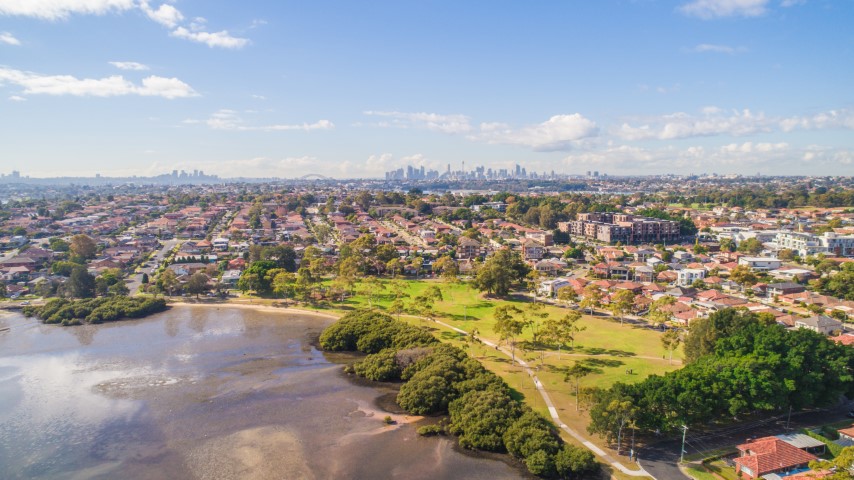- Residents
-
Community
-
Community services
-
Facilities & venues
-
Get involved
-
Parking & transport
-
 Help plan the City of Canada Bay's future and steer decisions on issues that matter to you.Share your feedback Collaborate Canada Bay
Help plan the City of Canada Bay's future and steer decisions on issues that matter to you.Share your feedback Collaborate Canada Bay
-
Community services
- Lifestyle
- Business
- Development
- Council
Local species
Breadcrumb
Planting native plants and trees that are local to an area (also known as local provenance) preserves and protects biodiversity. Plants that are native to a local area have adapted over a long period of time to its specific climactic and geographical conditions. This means that they are more likely to thrive, than plants from different regions.
Local provenance also ensures the most suitable food and habitat is accessible for native wildlife. A good mixture of native trees, shrubs and ground cover means that we are providing habitat for a wide variety of native fauna such as birds, marsupials and insects and their diverse needs.
Below are examples of tree species, native to the City of Canada Bay. For a more comprehensive list, have a look at our Urban Canopy Street Trees guide.
For information about trees within private properties, go to our residents Trees page.
Commonly known as the Turpentine, the Syncarpia glomulifera attracts a wide range of fauna by producing nectar rich flowers for nectar feeding birds, bats and insects. Ancient trees can develop hollow logs suitable for a wide range of wildlife to use as habitat. They can grow up to 20m tall in urban environments and are thought to live up to 500 years!
Commonly known as Dwarf Apple Gum, the Angophora hispida is a summer flowering tree that produces clusters of cream, fluffy blooms that attract nectar feeding birds, insects and a variety of colourful beetles. It’s a smaller sized tree that can grow between 4m-6m in urban settings. With gnarled branches that have reddish hairs and rough, loose bark, this native adds pocket sized charm to our urban landscape.
Acmena smithii (formerly Syzygium paniculatum) is a dense, evergreen tree that is commonly known as the Lilly Pilly. It flowers in the summer months and produces edible, vibrant-red fruit in winter that can be used in jams and sauces - bush tucker! The leaves are a dark, glossy green with flushes of red new growth. It is listed as endangered under the NSW Threatened Species Conservation Act 1995.
Banksia Integrifolia is better known as Coastal Banksia. This beautiful, drought tolerant tree is slow growing and reaches a height of 8m–15m at maturity. Its leaves are dark green with silver undersides and produces large, yellow flowers from autumn, through winter to spring. Coastal Banksia flowers are an important source of food for nectar eating fauna, such as rainbow lorikeets, eastern spinebill birds and sugar gliders.
